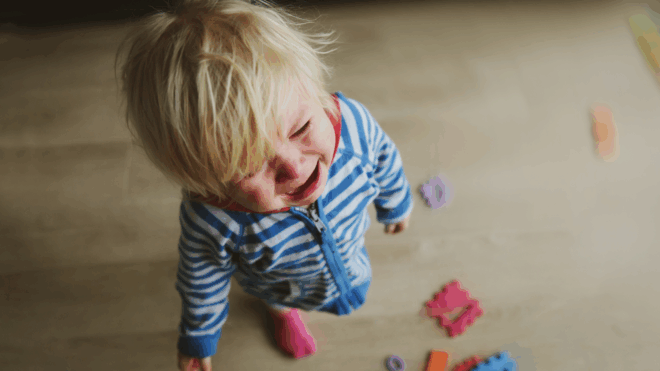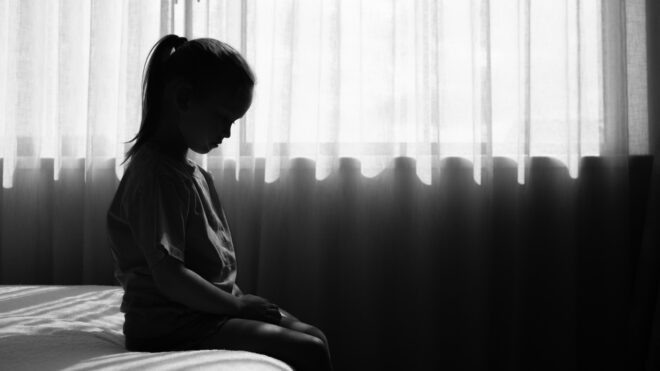
According to the Mayo Clinic, in early childhood, pacifiers can help soothe a baby and even reduce sudden infant death syndrome risks. But to prevent lasting dental or speech issues, parents need to wean their kids off the binkies eventually. The American Academy of Pediatric Dentistry recommends weaning from pacifiers around 1 year old up until 3 years old — when changes to a child's bite become harder to correct. Closer to the 12-to 18-month range is even better.
Because children tend to use pacifiers to self-soothe during the day or at naptime and bedtime, it can be difficult to take binkies away without tantrums. For anyone who needs a little help achieving a binky-free household, here are 15 hacks to get rid of pacifiers for good.
More from CafeMom: Jessica Simpson Is Criticized for Letting Her 3-Year-Old Daughter Use a Pacifier
Use The Farmer's Almanac.

The Farmer's Almanac doesn't just have weather forecasts and gardening advice: It also includes dates for when it's best to wean babies based on the moon. According to the website for the Almanac, the best upcoming 2024 weaning dates are June 28, July 25, July 30, August 22, and August 26.
TikToker @haleyhalliburton shared in a video that she relied on the Almanac dates when weaning her children off pacifiers, and she was able to take them away cold turkey.
Earlier Could be Better.
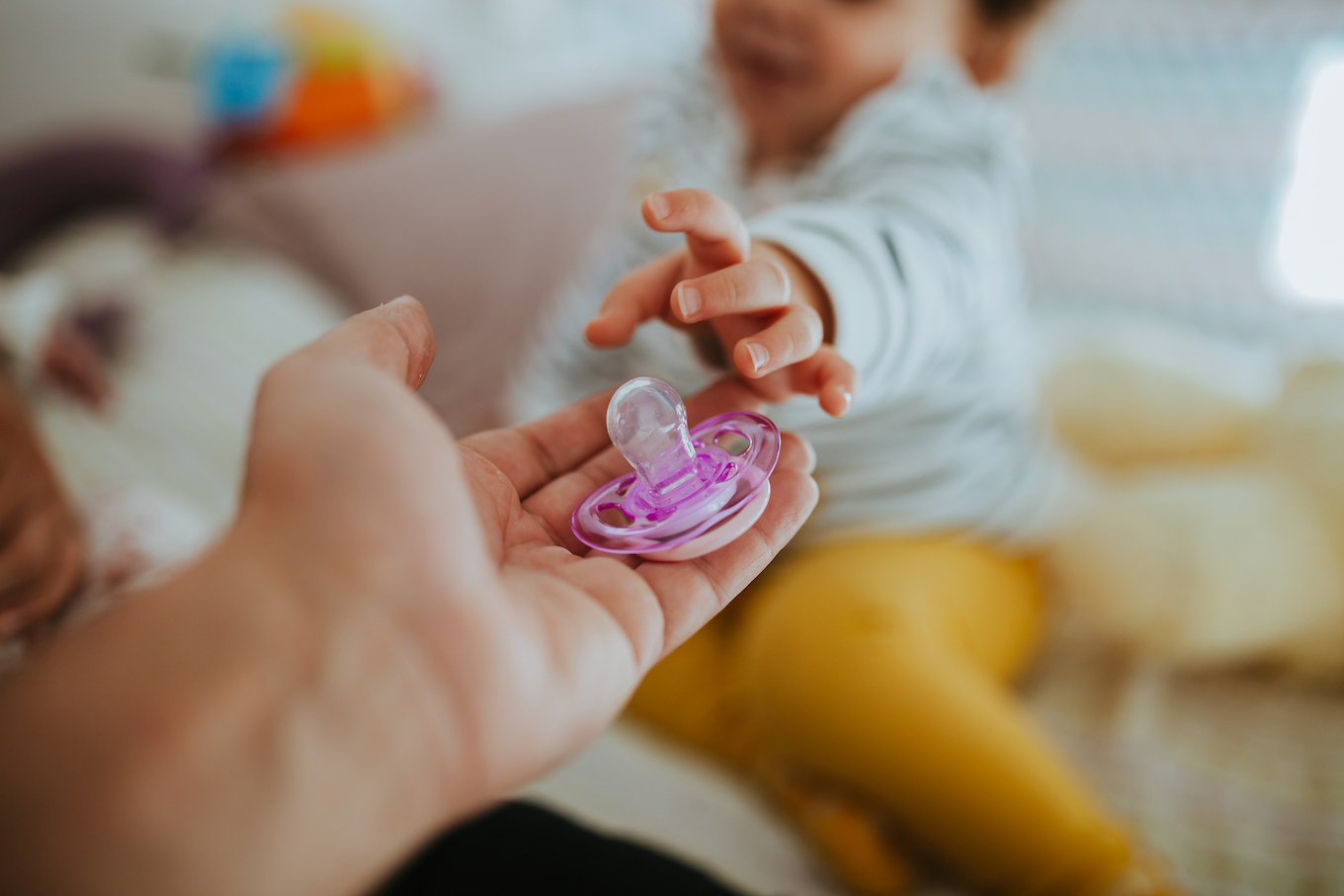
Speech pathologist Cassidy Anderson said in a TikTok video that children often get more attached to their pacifier the older they get, so it could be better to wean them earlier — like around 1 year old. By doing so earlier, we also avoid more serious potential speech or dental problems.
Don't Overlap Transitions.
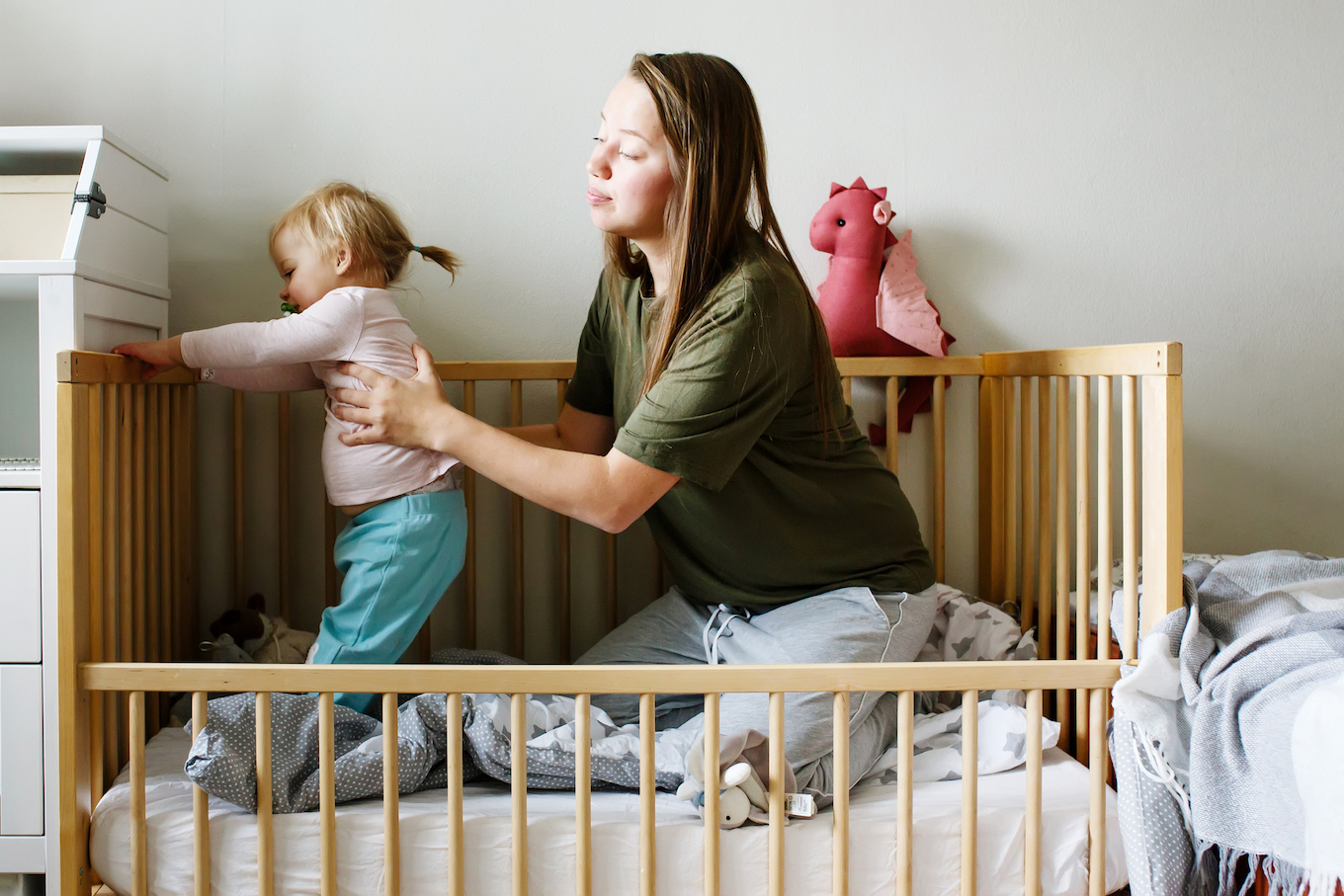
Gentle parenting coach Marcela Collier shared via TikTok that it's not a good idea to double up on big transitions for kids. For instance, don't potty train and pacifier wean at the same time. It's best if children have just one major milestone to focus on at a time.
More from CafeMom: I Started Potty Training My 5 Kids at Birth & Love the Poopy Diaper-Free Life It Gave Us
Go Slowly.
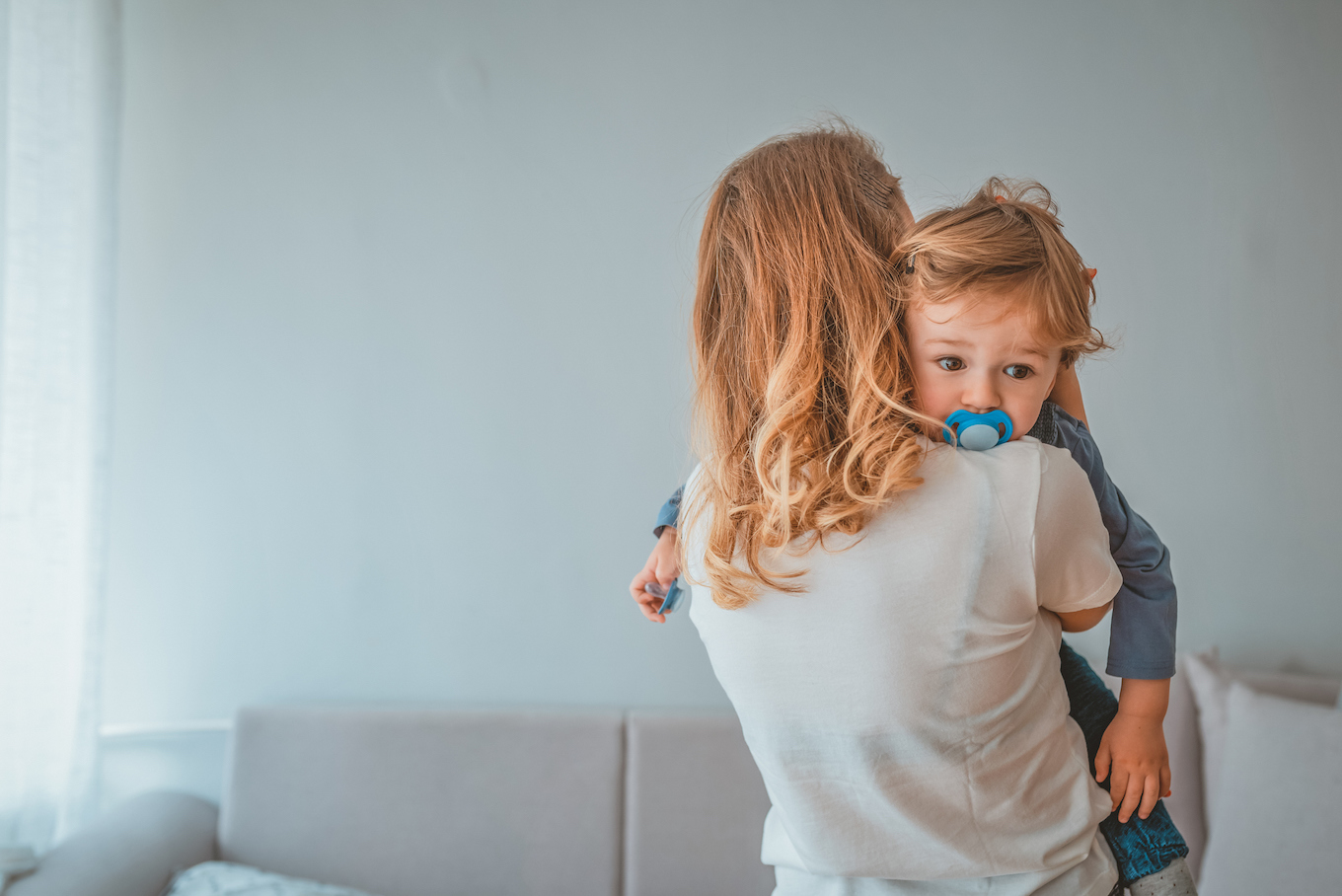
Although some parents elected to go cold turkey with taking pacifiers away, that approach may not work for every child. It could be worth walking through the process slowly by gradually limiting the child's access until it's completely gone. That's what TikToker @rachonlife did with her son. In a video she explained that she started the weaning process at 15 months and cut down on usage slowly over the following three months.
Limit It to Bedtime.

For those going with a gradual weaning, TikToker Brittany DePalma shared that she started associating pacifiers only with bedtime. At first she limited the pacifier to naps and nighttime to cut down on daytime use. Eventually, we can eliminate it from naps. The final step is cutting out its use at bedtime, but it's a gradual shift that the child may understand better.
Create a Weaning System.

Some parents elect to cut holes in the nipple part of the pacifier to make it less appealing for a child to use. Self-modifying a children's item isn't advisable, however, because that's not how the product was intended to be used and it could be a hazard. Frida Baby has a pacifier weaning system that replicates a gradual nipple trimming in an intentionally developed way. It comes with five pacifiers that gradually lose suction until the child no longer wants the binky at all.
Introduce the Paci Fairy.
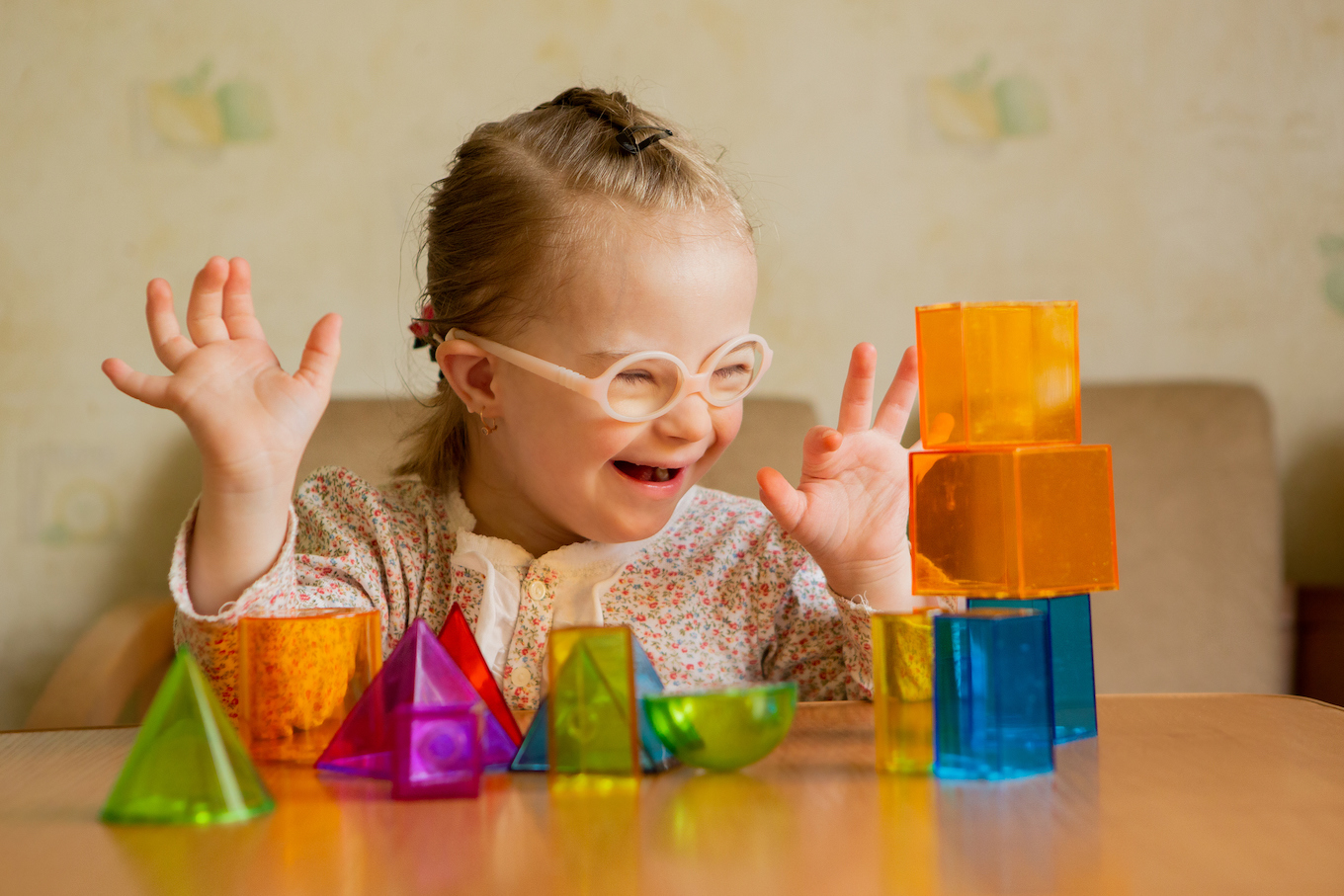
The tooth fairy makes losing a tooth more of a fun situation than something super traumatic, and the paci fairy can do the same for binky weaning. As TikToker @babychickofficial recommended, children can put their pacifiers in a special spot, and during the night, parents can replace them with a few toys.
It's a cool surprise to wake up to, and it makes weaning more of a positive event.
Plant a Garden.
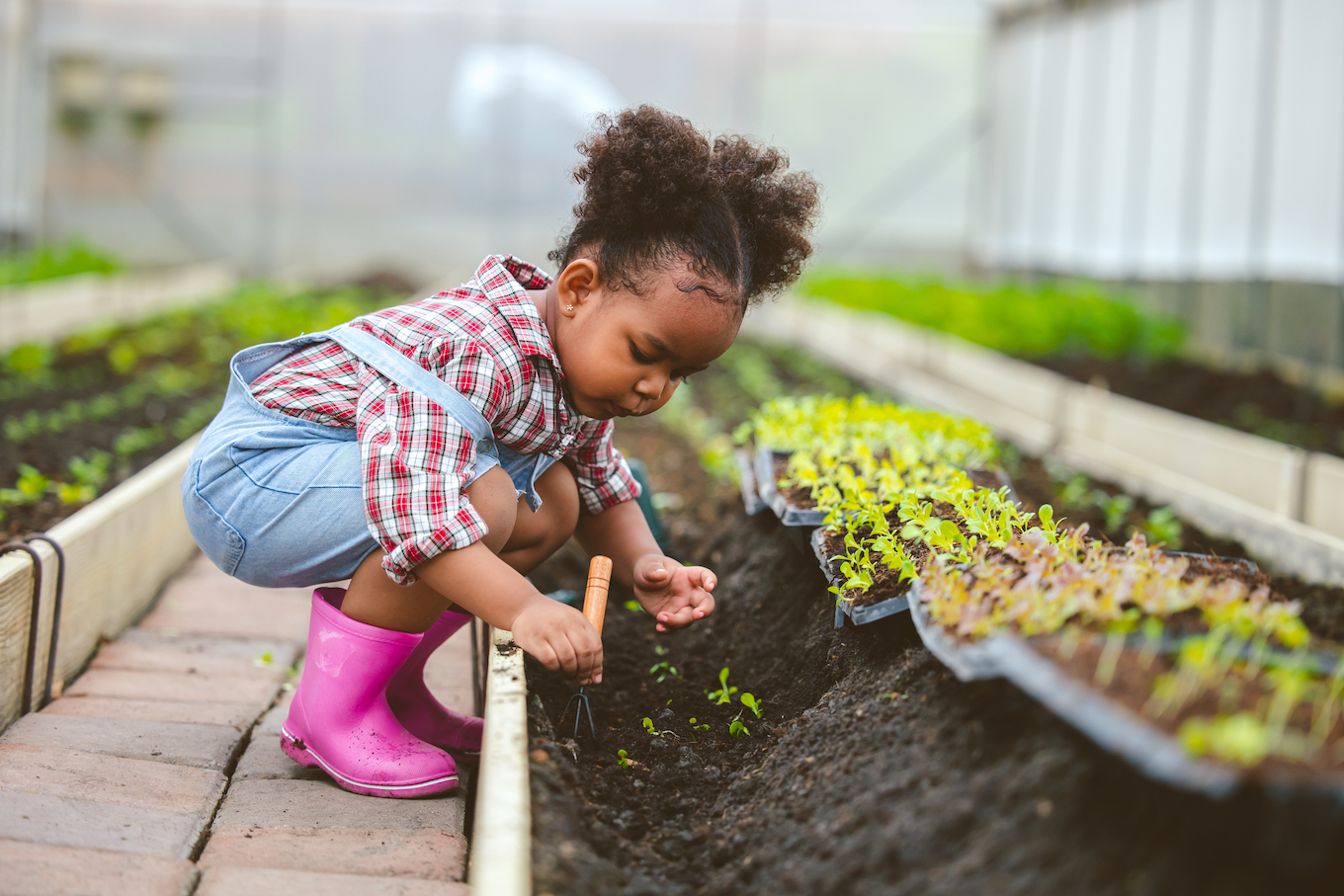
Similar to the paci fairy method, @balkanina posted a video about having a kid bury the pacifiers in a pot or garden. Later, when the child isn't paying attention, dig up the pacifiers and replace them with toys or packaged treats. It's just a little bit of childhood magic to make weaning from a source of comfort less scary.
Switch to Comforting Alternatives.

Oral surgeon Dr. Suraj Vatish recommended in an Instagram video that parents distract a child from wanting a binky by giving them something else to take their mind off it. "Offer comforting alternatives like a favorite toy or a cuddle session," the doctor said.
'Donate' Them.

TikToker @raisingourwildthings said she had her son "donate" the pacifiers to his favorite baby animal. For her family, that meant going to the aquarium and nicely asking the dolphin trainers to "give" the binkies to the baby dolphins. This could work at a zoo as well.
It's probably best to speak to a worker without the child listening. That way if the staff member is too busy or can't help, we can respect that and find an alternative weaning method.
Turn Them Into Gifts for Santa.

Children also may be willing to give their pacifiers to Santa to show how good they've been that year. Perhaps take a child to visit a mall Santa like TikToker @robin_lovelette did or just "mail" the binkies in a package to the North Pole. By the time Christmas presents arrive, hopefully the little one will have forgotten all about the pacifiers.
Visit Build-A-Bear.
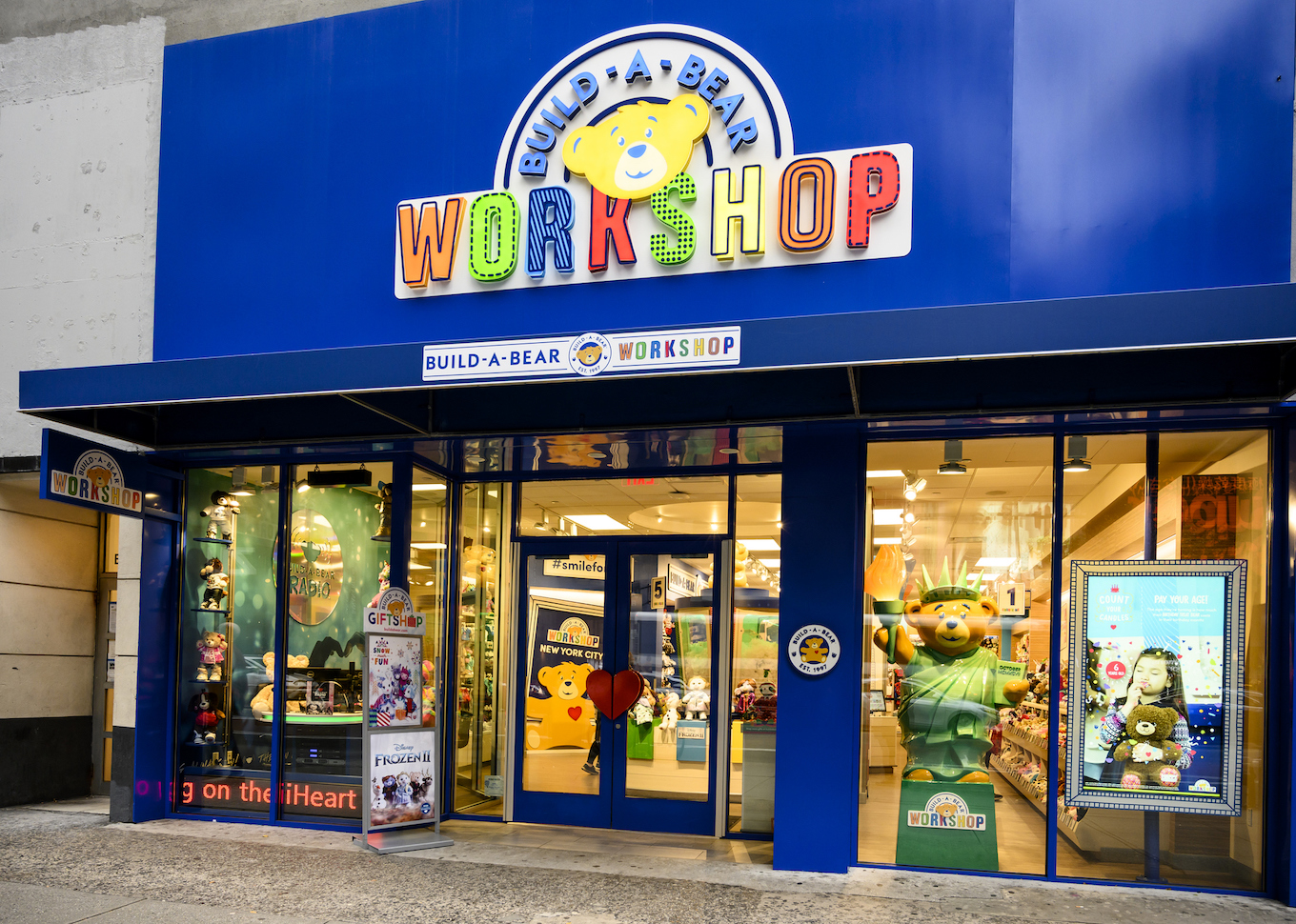
TikToker @globalmunchkins found success in taking her son to Build-A-Bear and having the pacifier placed in a stuffed animal of his choice. This isn't a service the store officially offers, so just ask nicely and respect if employees say no. But if staff members will help out, this could be a great way to keep the pacifier close without the kid having access to use it.
Blame the Doctor.

Sometimes it feels like kids are way more willing to listen to authority figures than parents, but we can use that to our advantage. That's what @leila_lafo did for her child. "I have been dreading this transition," she wrote about pacifier weaning on Instagram. "And in the end, it was so easy! We just told her the doctor said it wasn’t allowed anymore, and she gave it up!"
We can only hope it's that easy for all of us.
Add a Bitter Taste.

Some parents, such as TikToker @wanyranai, tried dipping a pacifier in something bitter such as lemon juice to get the child to not want it. Each child is different and what works for some may not work for others. We just have to figure out what's best for us and for our families.
Make It a Celebration.
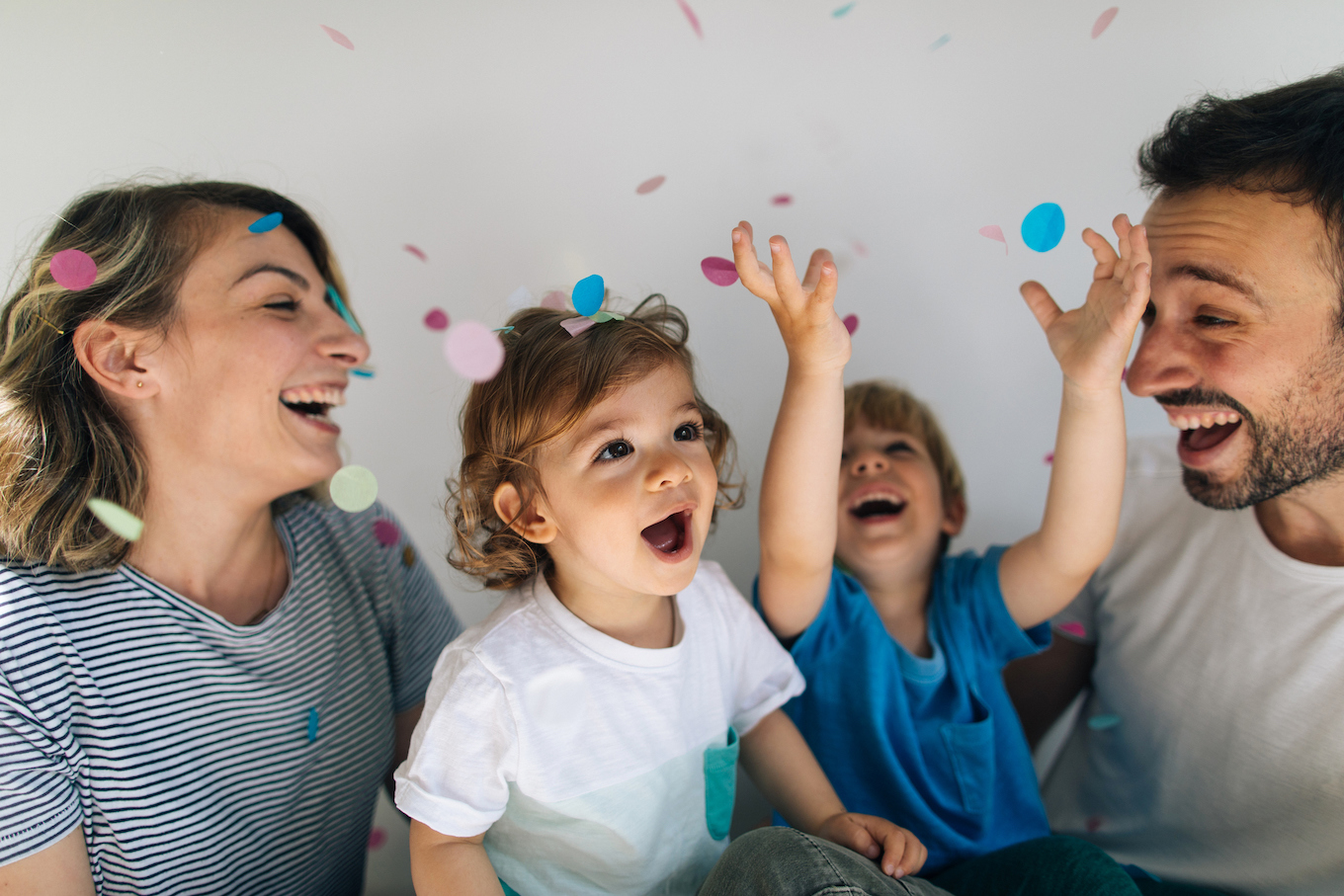
Throw a little pacifier graduation party for a child so they feel like they've really accomplished something. Ashtynn Woods posted a TikTok video of the whole family clapping to celebrate being done with the binky, and the positive moment really seemed to have an impact on the child.

